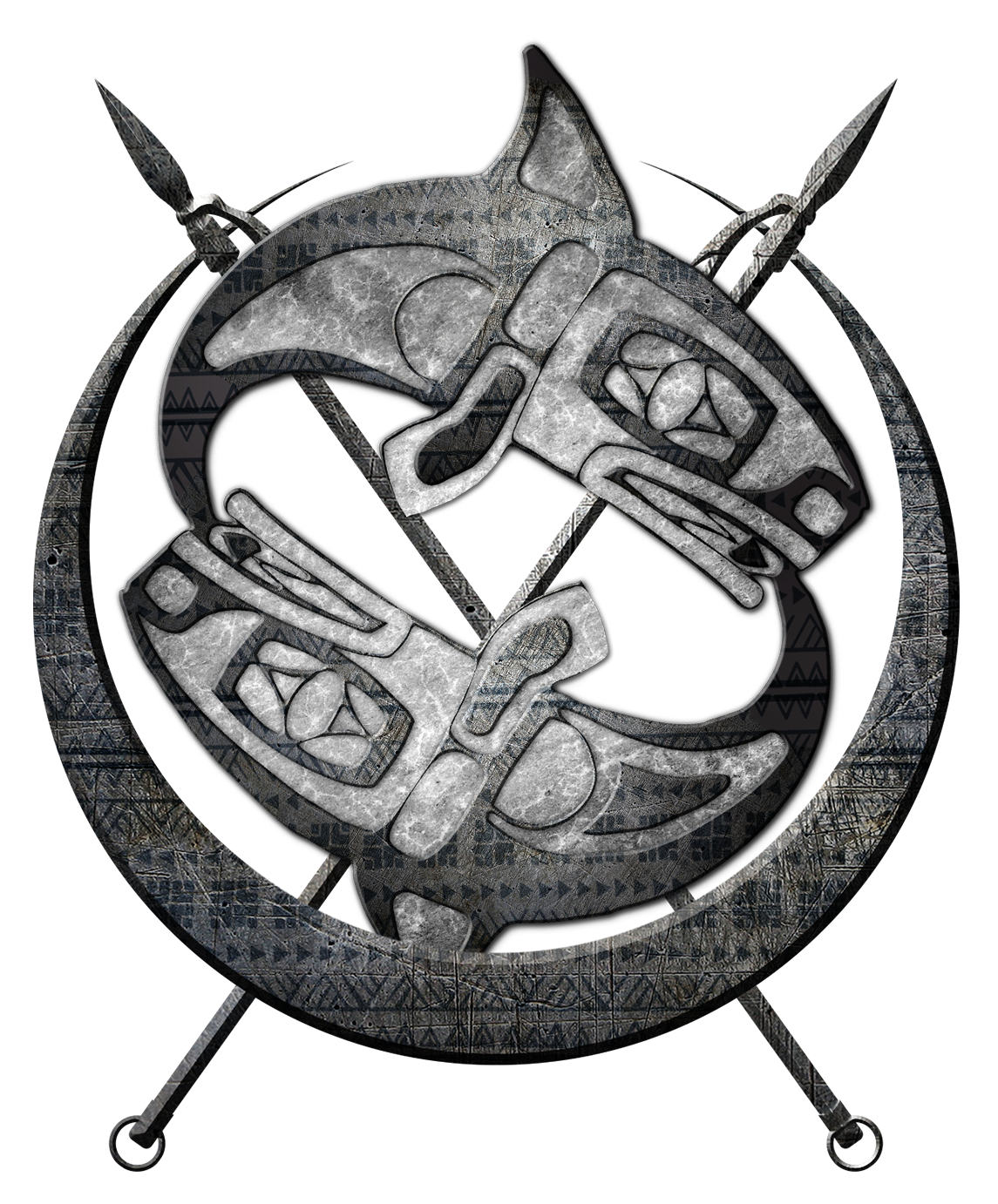Postures in Amur
In Amur there were a number of formalized postures which were used to indicate social rank and relative role in a particular social situation. These postures involved several components: the position of the head, the placement of the hands and feet, and the angle of the back. Many postures had both seating and standing variants, and they could be assume “strictly” or “loosely”, depending on the degree of formality required. Many postures had both a standing and a seated variant.
Understanding the proper usage of the postures was a signal of education and high class. Peasants would often not know how to use any posture except the Grass posture, while the educated classes would have a fluent command of all seven postures.
The seven postures were:
Lotus: Meditation and prayer. Very similar to the “lotus position” that we are familiar with, occurs with the legs on opposite thighs and the hands resting palm-down on the knees.
Cane: Indicates, attention, respect, honor, military rank. Standing, with the back straight and the head high, but with the hands resting palm-out against the front of thighs (rather than at the sides as would be the case for military attention in this world).
Nectar: Used when giving gifts, bestowing a favor, or granting a title or award. Standing, with the elbows at the sides and the palms upwards. If the gift was a physical object, it would be place in the flat palms; the recipient would take the gift from the open palm.
Palm: Used for listening, receiving instruction. Seated, with the legs crossed and hands palm-up on top of the knees. Standing, with the feet together and the hands against the torso, slightly apart, just below the navel.
Heron: Learning, reading, and writing. Kneeling, with the buttocks resting on the heels and the hands resting on the thighs. Alternately, with the back straight so as to write on a low desk.
Moon: Teaching, lecturing, telling stories, giving orders. Sitting as in the Lotus posture, but with one hand on the ankles and the other raised. Standing, with one hand on the chest and the other raised.
Grass: Submission, deference. Standing, back straight, with the hands folded over the belly above the navel, looking at your feet.
